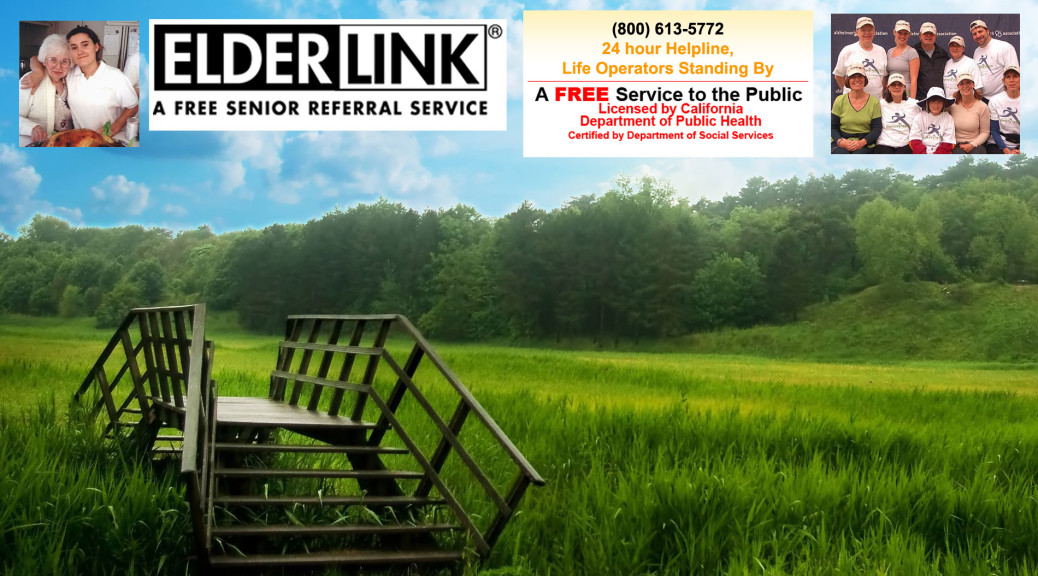You answer the phone and an unfamiliar voice with a scary message urges you to take urgent action to prevent something terrible from happening – your grandchild is in trouble, you owe back taxes or your computer has been hacked. But, you can make it all go away if you just purchase an iTunes gift card (or Amazon gift card) via online or in a store and then once the card has been activated, provide the 16-digit code on the back of iTunes cards via phone, email or text message to the caller/con artist. Often multiple gift cards may be “required” by the caller, equaling hundreds, or even thousands, of dollars.
For a holiday twist on the “grandparent scam,” the caller pretends to be their grandchild who is in trouble and needs help (money) to come home for the holidays. The caller will plead for secrecy, claiming to be embarrassed or not wanting to get in further trouble with his/her parents. This seasonal adaptation is in place of request for money so the caller (“grandchild”) can avoid jail, come home from a foreign trip or to get their car repaired.
These types of scams can also occur via email, text or even regular mail and as a loving grandparent and concerned citizen, you want to do the right thing. But in these cases, the right thing is to recognize these types of calls are scams and you should report them to the Federal Trade Commission (FTC).
Phone scams are nothing new, nor are playing on the sympathies of older adults. Creating a sense of urgency and panic are tools of the trade for scammers. What is new is taking advantage of senior citizens’ lack of knowledge about how digital gift cards actually work. For example, it is likely that a grandparent has purchased gift cards, including iTunes and Amazon cards for their grandchildren, but are unlikely to be aware that such gift cards can only be used to purchase items from the issuing merchandiser (such as iTunes or Amazon). Like prepaid debit cards, iTunes and Amazon gift cards are a simple and practically untraceable method for con artists to get money, or for their victims to get those funds back.
According to the FTC, as soon as money has been put on a card and code has been shared, the money’s gone for good. Almost immediately, the card’s value will be drained, traded or sold on the black market. Unfortunately, the victim will not only have lost those funds, they are likely to be become a target for even more frauds.
Being able to convert these types of gift cards to the equivalent of cash as resulted in a recent uptick in popularity in scams and should be a tip-off of fraud. Apple, the parent company of iTunes, issued a warning on their website, “iTunes Gift Cards are solely for the purchase of goods and services on the iTunes Store and App Store. Should you receive a request for payment using iTunes Gift Cards outside of iTunes and the App Store please report it at ftc.gov/complaint.”
Other scammer-preferred payment demands also include reloadable cards, such as MoneyPak, Reloadit or Vanilla; PayPal and wire transfers like Western Union and MoneyGram but according to AARP, the FTC states that, “no government agency nor any but a handful of businesses require any of these payment methods.”
To find out about other scams, particularly those targeting the elderly, as well as discover tips and resources to help spot and avoid identity theft and fraud, consider signing up for AARP Fraud Watch Network. You can also track scams and law enforcement alerts in your area on the AARP Scam-Tracking Map.
Key Takeaways
- Do not trust any caller who asks for money but insists on secrecy, including a government agency or a non-profit organization. If you do not recognize the voice or are unsure who the caller is, ask for more information so you can verify what you have been told. No one should ever discourage you from seeking support and counsel from family members, friends or trusted advisers, especially before making any financial transaction.
- No government agency, including the IRS, will require you to use a specific payment method, such as a prepaid debit card, nor will they threaten you with arrest for not paying.
If the time has come when your aging loved one is no longer able to live independently, please contact the knowledgeable staff at ElderLink to help you find elder care services or an assisted living facility within California that is customized for your family.


